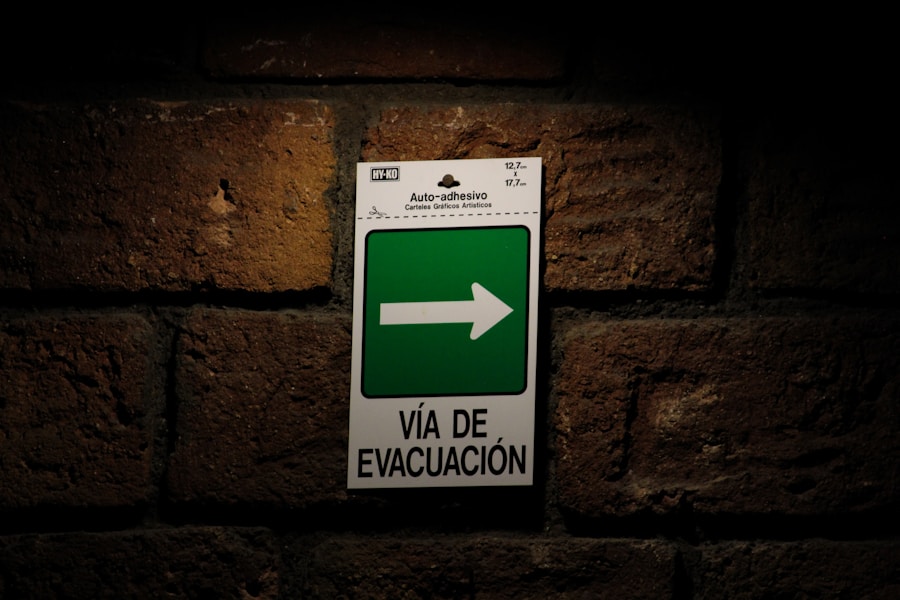
When embarking on a journey to a new country or culture, the first step often involves mastering the art of greetings and introductions. These initial exchanges set the tone for interactions and can significantly influence the quality of your experience. In many cultures, a warm greeting is not just a formality; it is a vital part of social etiquette.
For instance, in Japan, bowing is a customary way to greet someone, with the depth of the bow reflecting the level of respect. In contrast, in many Western cultures, a firm handshake is the norm, often accompanied by eye contact and a smile. Understanding these nuances can help bridge cultural gaps and foster goodwill.
When introducing oneself, it is essential to convey not only your name but also a bit about yourself to create a connection. In some cultures, sharing your profession or interests can be an excellent way to engage in conversation. For example, in Brazil, it is common to ask about one’s family during introductions, reflecting the importance of familial ties in Brazilian society.
Additionally, using polite language and titles can demonstrate respect, especially in formal settings. In many Asian cultures, addressing someone by their title or last name until invited to use their first name is customary. This practice underscores the importance of hierarchy and respect in social interactions.
Key Takeaways
- Greet with a smile and introduce yourself politely when meeting someone new.
- Politely ask for directions using phrases like “Excuse me, can you tell me how to get to…”.
- Use polite language when ordering food and drinks, such as “May I please have…”.
- Engage in small talk by asking open-ended questions and showing genuine interest in the other person.
- Clearly express your basic needs and desires using simple and polite language.
- Stay calm and seek help in emergencies by asking for assistance or calling emergency services.
- Use polite language when shopping and making purchases, such as “Could I please have this in a different size?”.
- Make appointments and reservations using polite language and confirming the details politely.
Asking for Directions
Navigating unfamiliar places can be daunting, but knowing how to ask for directions can alleviate much of that anxiety. When seeking guidance, clarity and politeness are paramount. A simple phrase like “Excuse me, could you help me find…?” can open doors to assistance.
In many countries, locals are often willing to help if approached respectfully. For instance, in Italy, asking for directions in a friendly manner can lead to not only guidance but also recommendations for local eateries or attractions along the way. It’s also beneficial to familiarize yourself with common directional phrases in the local language.
Terms such as “left,” “right,” “straight ahead,” and “nearby” can be invaluable when trying to understand verbal directions. In Spain, for example, locals might use landmarks as reference points, saying things like “go past the church” or “turn left at the fountain.” Additionally, using gestures can enhance communication; pointing at a map or using your phone’s GPS can help clarify your request. Understanding these dynamics can make navigating new environments less intimidating and more enjoyable.
Ordering Food and Drinks

One of the most delightful aspects of traveling is experiencing local cuisine. However, ordering food and drinks can sometimes be challenging, especially if there is a language barrier. Familiarizing yourself with common phrases used in restaurants can enhance your dining experience significantly.
For instance, knowing how to say “I would like…” or “Can I have…?” in the local language can make a positive impression on servers and create a more engaging interaction. In addition to basic ordering phrases, understanding menu terminology is crucial. Many restaurants offer dishes that may not have direct translations, so being aware of common ingredients or cooking styles can help you make informed choices.
For example, in Thailand, dishes like “Pad Thai” or “Tom Yum” are well-known, but understanding what goes into these dishes—such as rice noodles or spicy broth—can help you navigate the menu more effectively. Furthermore, asking for recommendations from staff can lead to discovering hidden gems on the menu that you might not have considered otherwise.
Making Small Talk
| Metrics | Data |
|---|---|
| Average duration of small talk | 3-5 minutes |
| Number of topics typically covered | 3-5 topics |
| Success rate of initiating small talk | 70-80% |
| Common small talk topics | Weather, weekend plans, hobbies, current events |
| Preferred small talk locations | Office break room, networking events, social gatherings |
Small talk serves as a social lubricant in many cultures, allowing individuals to connect on a personal level before delving into deeper conversations. Engaging in light conversation can break the ice and create a friendly atmosphere. Common topics include the weather, local events, or even recent news stories.
In countries like Canada, discussing the weather is almost a national pastime; it’s an easy way to initiate conversation with strangers. Cultural context plays a significant role in small talk as well. In some cultures, such as in the United States, people may feel comfortable discussing personal interests or hobbies early on in an interaction.
Conversely, in more reserved cultures like Japan, small talk may remain focused on neutral topics until a stronger rapport is established. Being attuned to these cultural differences can help you navigate social situations more effectively and avoid potential faux pas.
Expressing Basic Needs and Desires
When traveling or living abroad, expressing basic needs and desires becomes essential for daily functioning. Whether it’s asking for assistance with luggage or requesting specific items at a store, clear communication is key. Phrases such as “I need…” or “Can you help me with…?” are universally understood and can facilitate smoother interactions.
For instance, if you find yourself in a hotel and require extra towels or toiletries, knowing how to articulate your needs politely can lead to prompt assistance. Moreover, understanding how to express desires related to services or products can enhance your overall experience. In many cultures, being direct yet polite is appreciated; for example, saying “I would like to buy this” or “Can I get that?” conveys your intentions clearly without coming off as demanding.
Additionally, using non-verbal cues such as gestures or facial expressions can further clarify your needs when language barriers exist.
Dealing with Emergencies

Basic Emergency Phrases
Knowing how to say “Help!” or “I need assistance!” in the local language is vital for quickly attracting attention when needed.
Describing Your Situation
In addition to basic emergency phrases, understanding how to describe your situation succinctly can aid responders in providing appropriate assistance. For instance, if you require medical help, being able to articulate symptoms or describe an injury—even with limited vocabulary—can expedite care.
Preparation is Key
Furthermore, familiarizing yourself with local emergency numbers (such as police or ambulance services) before traveling can provide peace of mind and ensure you are prepared for any unforeseen circumstances.
Shopping and Making Purchases
Shopping while traveling offers an opportunity to immerse oneself in local culture and discover unique products. However, navigating markets or stores may require specific language skills and cultural awareness. Knowing how to ask about prices or inquire about product details is essential for making informed purchases.
” or “Can I see that?” are fundamental when engaging with vendors. Additionally, understanding bargaining practices is crucial in many cultures where haggling is expected. In countries like Morocco or Turkey, negotiating prices is part of the shopping experience; being polite yet assertive during these exchanges can lead to better deals.
Moreover, being aware of local currency and payment methods—such as cash versus credit cards—can streamline transactions and prevent misunderstandings at checkout.
Making Appointments and Reservations
Whether scheduling a doctor’s appointment or reserving a table at a restaurant, knowing how to make appointments and reservations is an essential skill for travelers. Clear communication is vital when conveying your needs regarding time and services required. Phrases such as “I would like to make an appointment for…” or “Can I reserve a table for…?” are useful starting points.
In addition to basic phrases, understanding local customs regarding appointments can enhance your experience. For example, in some cultures, punctuality is highly valued; arriving late may be seen as disrespectful. Conversely, in other regions, flexibility with time may be more acceptable.
In conclusion, mastering these fundamental communication skills enhances your travel experience significantly by fostering connections with locals and facilitating smoother interactions across various situations.
If you are looking to improve your English skills for real-life situations, you may also find the article Dialogue: Joining a Gym helpful. This article provides useful expressions and vocabulary for discussing fitness goals, signing up for a gym membership, and talking to trainers. It can be a great resource for practicing conversational English in a fitness setting.
FAQs
What are some useful expressions for survival English?
Some useful expressions for survival English include greetings, asking for directions, ordering food, and expressing basic needs.
Why is it important to learn survival English expressions?
Learning survival English expressions is important for travelers and individuals living in English-speaking countries to effectively communicate and navigate daily situations such as ordering food, asking for directions, and seeking help in emergencies.
What are some common survival English phrases for greetings?
Common survival English phrases for greetings include “hello,” “good morning,” “good afternoon,” “good evening,” “how are you?” and “nice to meet you.”
What are some essential survival English phrases for asking for directions?
Essential survival English phrases for asking for directions include “excuse me, can you tell me how to get to…?” and “where is the nearest…?”
What are some important survival English phrases for ordering food?
Important survival English phrases for ordering food include “I would like to order…,” “can I have…,” “what do you recommend?” and “is this dish spicy?”
What are some basic survival English phrases for expressing basic needs?
Basic survival English phrases for expressing basic needs include “I need help,” “I am lost,” “I am sick,” “I need a doctor,” and “I need to use the restroom.”



